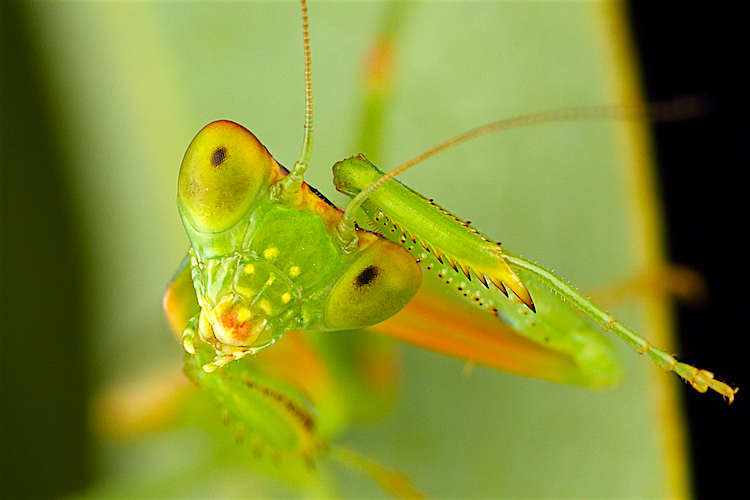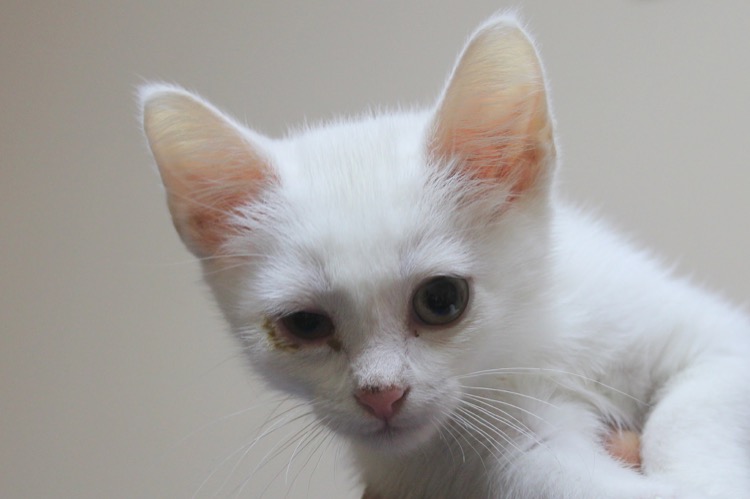Why Frogs Make Good Pets
It’s not just a matter of bringing one home; you have to be able to take care of him properly. That means you have to handle insects.

When I was a kid, I used to love to bring animals home.
Frogs, toads (except for awhile when I firmly believed that if you touched a toad, you’d get warts), hermit crabs, turtles and more.
I always found frogs to be kind of fun and funny, but I never really kept them for long. I always felt bad and released them back into the wild.
That was probably a good thing. As a kid I didn’t really understand what goes into taking care of pet frogs (or turtles or hermit crabs). It’s not just a matter of bringing one home; you have to be able to take care of him properly or he isn’t going to live long.

Don’t leave your pet’s safety to chance
Sign up for Petful recall alerts today.

3 Good Things About Frogs as Pets
- They do not need or want a lot of cuddling, patting or exercising (and would probably strongly object if you tried to leash them). They are low-maintenance pets.
- If you don’t have the “icks” when it comes to insects, you can probably catch much of a frog’s food on your own, depending on where you live and what time of the year it is.
- Frogs can live a long time when they are given the opportunity not to be food for prey animals. Some may live to be 15 years or older.
3 Not-So-Good Things
- Frogs can carry salmonella on their skin. Handle your frog carefully, using gloves. Keep cats, dogs, young children and the immune-compromised away from your frog.
- You have to handle insects to feed a pet frog. Some larger breeds also eat small mice. Very high “eek” or “ick” factors here, so think this through.
- In many states and countries, you will have to check with your local fish and wildlife agencies to make sure there are no laws about keeping frogs. I live in Massachusetts, so I simply went to the Massachusetts government website and navigated to the appropriate page. When in doubt, call your agency directly.

Know the Breed
Just as with dogs or cats, you need to know about the breed of frog you are considering bringing home.
- Some are more high-maintenance than others.
- Some are banned and/or toxic to humans.
- Others start out small and adorable in their youth, but morph into massive beasts as they grow older.
You can find information by asking your veterinarian or even rolling up your sleeves and doing some research.
Consider your lifestyle and, again, your ick factor. Personally, I wouldn’t even consider getting a frog that would require me to handle live bugs or mice.

Know What Equipment You’ll Need
Clearly, it is not safe for your frog to simply hop about your house.
They can get stuck in small areas, injured by jumping from large heights or even eaten by another pet. You will need a sturdy aquarium or habitat.
Frogs’ needs vary by breed, but you will need to make sure that your pet is warm enough. Some breeds will require a heater as well as a UV light to keep them healthy and happy.
You will need dishes for food and water. Many frogs need a habitat that includes a swimming area, objects designed for safe climbing, humidity gauges, plants and more. Every week, you’ll need to clean the habitat as well as objects within it.
This video shows different types of frogs and their specific needs to help you choose which one is right for you:

As with all pets, frogs have their own specific needs.
Any animal under your care deserves the best you can provide, so take the time to ensure there’s a good, clean habitat and plenty of icky bugs for the frog’s enjoyment.
On the bright side, if your house has a cricket problem, you may find a frog very useful indeed!







